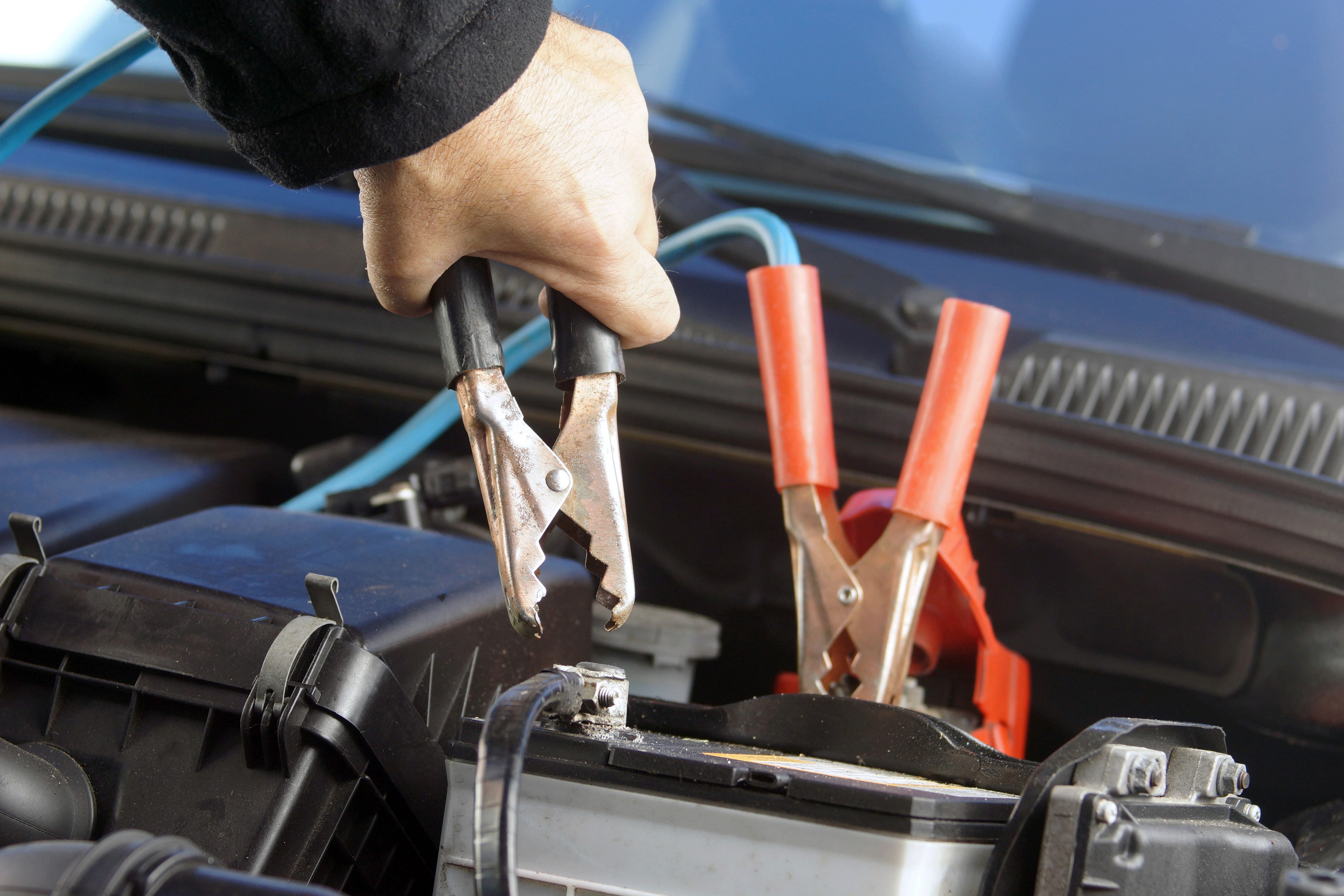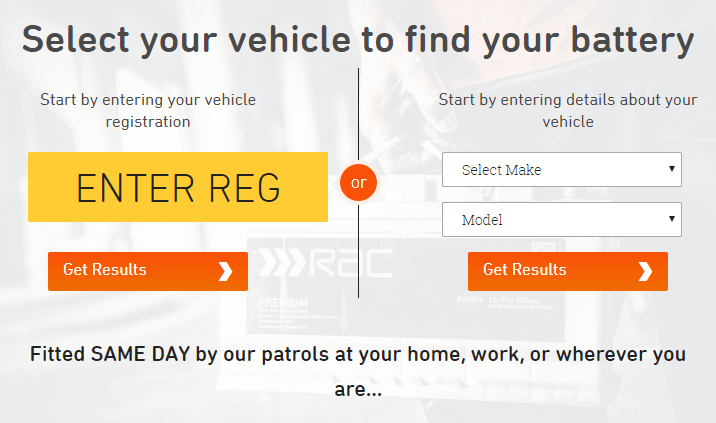Has my car battery died?

Your car battery is perhaps the most essential part of your vehicle. Once the battery is ‘flat’ or ‘has died’, the vehicle will no longer function. In the first instance, if you are struggling to start your car, it is highly likely there is a problem with the battery.
A working battery recharges itself as you drive, however, if your battery is faulty it will not be able to retain its charge and it will, in effect, die on you again.
Car batteries on average need to be replaced every 3 to 5 years. If you have an old car battery it is likely that your battery won’t be holding charge as well as it should either in cold or hot temperatures, which would make it more difficult to start your vehicle. If there is visible damage to the battery such as cracking, warping, or you notice the electrolyte bubbling, this too will flatten your battery. In both these cases it is recommended you get it replaced as soon as possible to prevent damaging your vehicle.
Something as simple as leaving the interior light on in your car overnight can flatten a battery. Whatever the reason for your dead battery: a battery booster, a time consuming recharge, or a much needed boost using jump leads are your initial options for getting on the road again. If all else fails, then you are left with the option of calling for roadside assistance.
In the cold winter months, your car battery is placed under significantly more pressure. The demand on your battery is greater due to it needing more energy to crank the engine, activate your heater, headlights, windscreen wash and wipers. On short journeys, under such conditions, the battery will discharge more quickly, but may not get enough time to recharge itself.
Extremely hot outside temperatures, combined with the high temperature generated by the car’s engine, accelerates corrosion of car batteries and can cause the water in the electrolyte mixture to separate and evaporate, breaking down the battery grids.
A well known myth is that leaving your car stood on concrete will cause energy to leak out of your battery. This theory however does not apply to modern day cars and will not damage them in any way. The first acid lead batteries, as they were made up of glass cells contained in tar lined wooden boxes, could be affected by a concrete base – the damp, cold concrete floor could cause these wooden boxes to swell and crack the glass cells inside.
The casings for modern car batteries are made from toughened plastic and are not affected by damp/cold concrete flooring. In fact the reverse is true, modern day car batteries can actually benefit from concrete flooring as this acts as a thermal buffer.
When your vehicle is not in use, your battery is not charging. Your battery stores its power/ charge and tops itself up as it being driven, but will naturally discharge itself if left unused for any length of time.
To help you stay mobile, battery charger/conditioners can be fitted to your vehicle to monitor your battery’s performance and can help prevent you from being caught out by a ‘flat’ or ‘dead’ battery. Their built in reconditioning program has the ability to revive deeply discharged batteries.
There are multiple reasons why car batteries die, however by clicking on our car battery finder section, you can choose the right battery, to suit your specific vehicle make, model, and electrical demands.
Whichever battery you have, make sure you use the right charger. Choose the correct charger for your battery by clicking on the link, or if you would prefer to speak with one of our advisors regarding the appropriate battery or charger for your vehicle, then give us a call on 0800 8620676. We are here to help.





